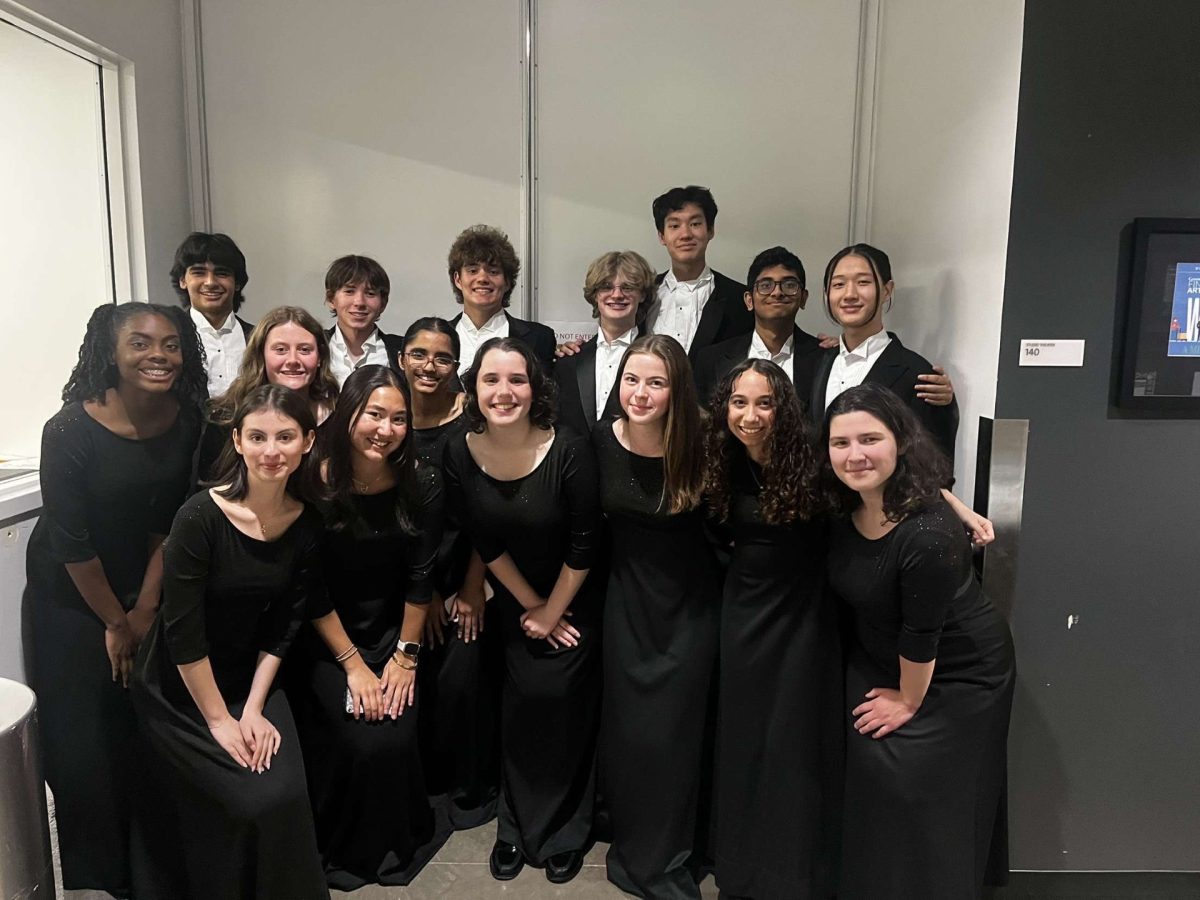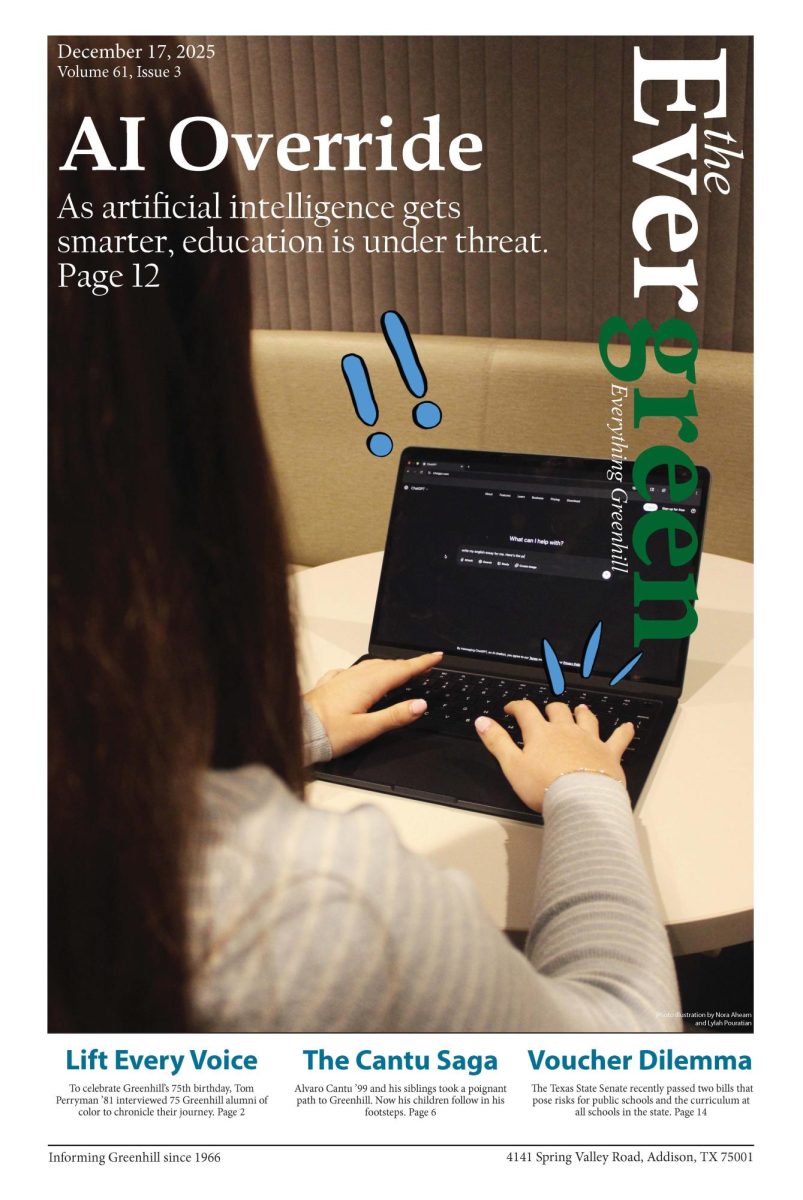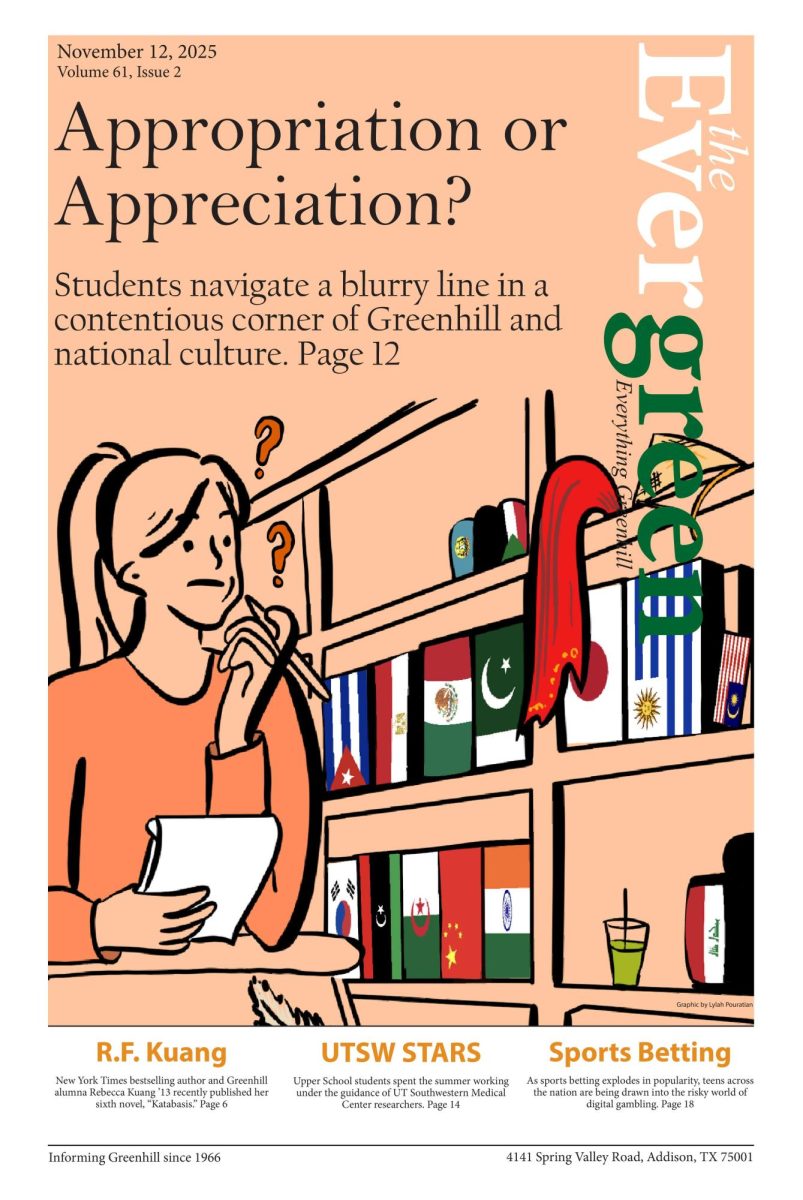Greenhill students showcased their talents at the North Texas TI Cup Chinese Speech Contest, with several earning top awards.
Three students won first place awards in their respective divisions: third grader Ivy Liu in the Grade 3-5 Heritage Group, sixth grader Fiona Ou in the Grade 6-8 Heritage Group, and sophomore Vivian White in the Grade 9-10 Non-Heritage Group.
In addition, senior Saida Bidiwala placed second in the Grade 11-12 Non-Heritage Group and second grader Laurel Chen placed third in the Grade K-2 Heritage Group.
All winners were announced on March 29 during the closing ceremony at the University of Texas at Dallas.
A total of 16 students participated in the competition – many for the first time – according to Upper School Chinese Teacher Petra Lynch.
“I encourage all students who are in Chinese language to enroll [in the competition],” Lynch said.
Ou, a heritage speaker, said she chose to participate to be able to apply all her Chinese skills to a spoken aspect.
The performance is judged by two parts: memorization and delivery. Students are grouped by age and whether they are heritage or non-heritage speakers. They must deliver a two to five minute speech entirely from memory.
“The judges are looking if the speech is fluent, so you need to be able to memorize the script very well,” Lynch said. “They are also looking at the vocabulary application, the level of your vocabulary, and if you are able to internalize your speech by making it seem like you are speaking from your own heart.”
Students are also encouraged to bring their personalities into their performances. Ou, for example, wrote about the differences of her cultures and how it impacts her everyday life. She specifically noted how she speaks in Chinese and eats native food at home, while speaks English and eats American cafeteria food at school.
To prepare, students submitted drafts of their speeches to Lynch so she could provide edits and feedback.
“When editing, I use similar vocabulary to what students learn in class, so they are applying what they learn in class to other aspects of the language,” Lynch said.
Lynch also recorded videos of herself presenting each speech, demonstrating pronunciation, tone, and movements for the students to use as a reference. Students can choose to use Lynch’s movements or add their own.
In preparation for the competition, Ou practiced very similarly.
“I would record my speech and listen to it after to see what I could change,” Ou said. “I also worked with my after-school teacher and prepared for two weeks.”
Even though Ou said she felt well prepared, she was still anxious prior to the presentation.
“I was very nervous before the contest and when I first started speaking,” Ou said. “But as my speech went on, I got used to it and became less nervous.”







